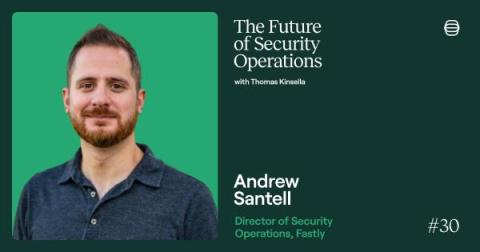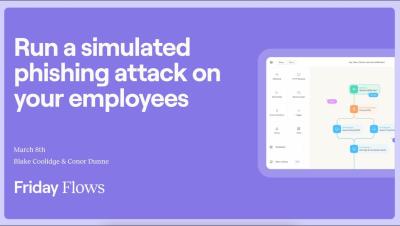Twilio's Prima Virani on democratizing security and tackling burnout through automation
In this episode of The Future of Security Operations podcast, I'm joined by Prima Virani. Prima is a security engineer who worked across industries as varied as oil and gas and Fintech before becoming Principal Security Engineer at Twilio. With over a decade of experience spanning infrastructure security engineering, incident detection and response, and forensics, she's also shared insights at countless security conferences around the world, including SecTOR Canada and Agile India.











